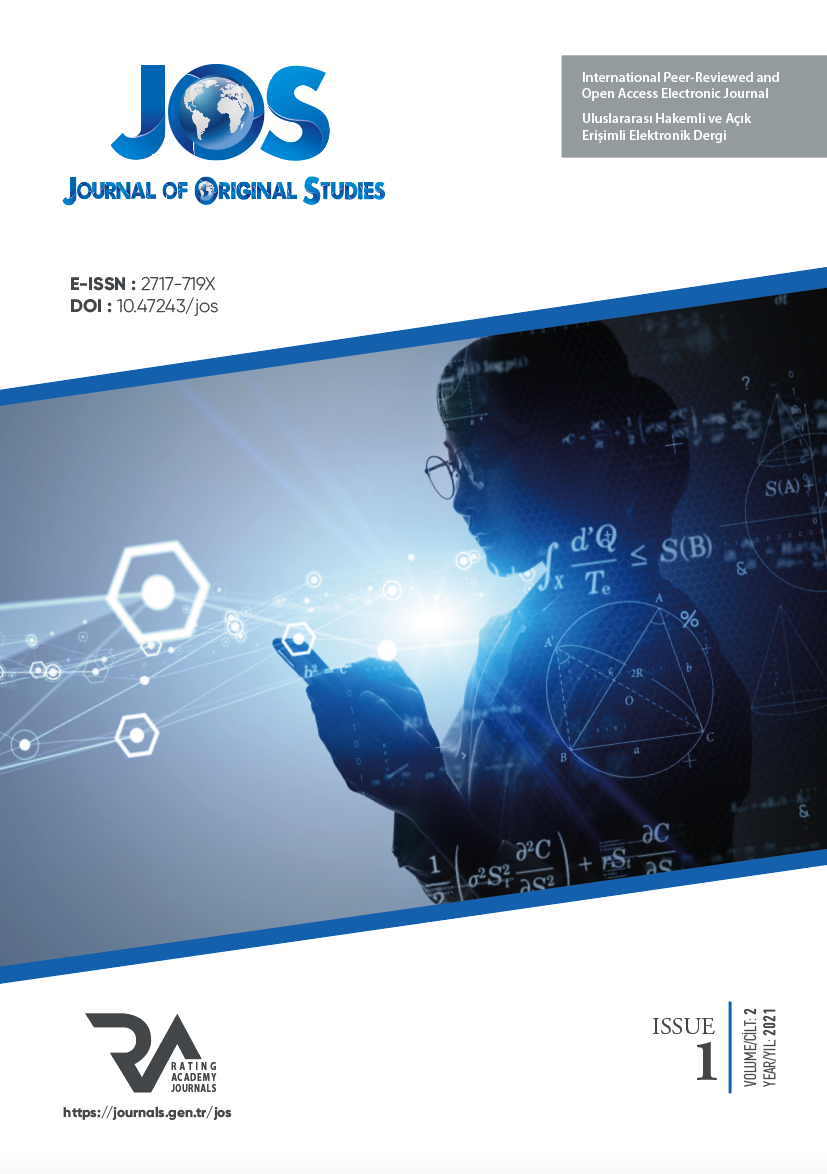THE ILLICIT BUSINESS OF SEX, LABOR, AND ORGANS, AND LAWS ADDRESSING TO IT: A STUDY ON HUMAN TRAFFICKING IN INDIA
DOI:
https://doi.org/10.47243/jos.2.1.03Keywords:
Human Trafficking, Human Rights, Modern Slavery, Sexual ExploitationAbstract
Human trafficking is a global evil that snatches freedom from millions of people worldwide to make money. It is a multi-billion-dollar industry affecting the lives of vulnerable – such as women, children, and the poor. Human trafficking, in its various ways, affects almost every country of the world, said the United Nations; and India is not an exception to it. Despite having rich legislation to combat the problem, human trafficking remains a significant issue in India.
This paper is a study about the potential purposes of human trafficking with a detailed discussion on anti-human trafficking laws in India. While addressing the causes of failure of these laws at implementation level, some suggestions has also been provided in concluding part of the paper
Downloads
References
ACCOUNTABILITY HUB (n.d.). Labour Exploitation Accountability Hub. https://accountabilityhub.org/country/india/ (Accessed Date: 3/12/2019).
ALAN, J.M. (2017). Implications of Sexual Tourism. International Association for Medical Assistance to Travellers Organization (IAMAT) link-https://www.iamat.org/blog/implications-of-sexual-tourism/ (Accessed Date: 3/12/2019).
CAROLIN, L., LINDSAY, A., & VICTOR, W. (2015). Sex Trafficking in The Tourism Industry. Journal of Tourism and Hospitality, 4(4), 166-171.
CONSTITUTION OF INDIA (1950). Art. 23.
EADES, J. S. (2009), Moving Bodies: The Intersections of Sex, Work, And Tourism. Economic development, integration, and morality in Asia and the Americas. Emerald Group Publishing Limited.
GANGULY, S & SATHPATHY R. (n.d.). India Still Stuck in The Traffic. Mighty Laws. http://www.mightylaws.in/551/india-stuck-traffick (Accessed Date: 9/12/2019)
GIRI, A. (2019), What’s Wrong with India’s Efforts to Check Human Trafficking? The Diplomat, https://thediplomat.com/2019/01/whats-wrong-with-indias-efforts-to-check-human-trafficking/.
ILO (2012). 21 Million People Are Now Victims of Forced Labour, ILO Says https://www.ilo.org/global/about-the-ilo/newsroom/news/WCMS_181961/lang--en/index.htm (Accessed Date: 30/11/2019)
ILO (n.d.). Forced Labour, Modern Slavery and Human trafficking. https://www.ilo.org/global/topics/forced-labour/lang--en/index.htm (Accessed Date: 30/11/2019)
IPC (1860). Section, 366A.
JUVENILE JUSTICE (CARE AND PROTECTION OF CHILDREN) ACT (2015). Section 2 (14) (ix).
KAR, D. & SPANJERS, J. (2017). Transnational Crime and The Developing World. Washington: Global Financial Integrity. Retrieved on May, 30, 2019. https://secureservercdn.net/45.40.149.159/34n.8bd.myftpupload.com/wpcontent/uploads/2017/03/Transnational_Crime-final-_exec-summary.pdf?time=1580853010 (Accessed Date: 30/11/2019)
MALBY, S. ET AL. (2015). UN Reporot Study on the Effects of New Information Technologies on the Abuse and Exploitation of Children. http://www.unodc.org/documents/Cybercrime/Study_on_the_Effects.pdf (Accessed Date: 20/11/2019)
MASOODI, A. (2015). Why organ trafficking thrives in India. Live Min. https://www.livemint.com/Politics/pxj4YasmivrvAhanv6OOCJ/Why-organ-trafficking-thrives-in-India.html (Accessed Date: 9/12/2019)
MAVRELLIS, C. (n.d.). Transnational Crime and the Developing World (n.p.: Global Financial Integrity, 2017). 29, https://secureservercdn.net/45.40.149.159/34n.8bd.myftpupload.com/wpcontent/uploads/2017/03/Transnational_Crime-final-_exec-summary.pdf?time=1580853010.
NAIK, A. B. (2018). Impacts, Causes and Consequences of Women Trafficking in India From Human Rights Perspective. Social Sciences, 7(2), 76-80.
NAIR, P. M., & SEN, S. (2005). Trafficking in women and children in India. Orient Blackswan.
PARKS, A. C. ET AL (2015). Commercial Sexual Exploitation of Children in Mumbai (n.p.: IJM, 2017). Report, https://www.ijmindia.org/files/library/CSES%20Study%20Report%20Rev%20%28Final%20Prevalence%20Study%29.pdf (Accessed Date: 8/2/2020)
SROUR, M. (2018). “Human Trafficking for Organs: Ending abuse of the Poorest,” Inter Press Service, http://www.ipsnews.net/2018/04/human-trafficking-organs-ending-abuse-poorest/ (Accessed Date: 30/11/2019)
THE IMMORAL TRAFFIC (PREVENTION) ACT (1956). Section 2 (f).
THE SUPPRESSION OF IMMORAL TRAFFIC IN WOMEN AND GIRL ACT (1956). Section 3 (f).
UN GENERAL ASSEMBLY (2000). Protocol to Prevent, Suppress and Punish Trafficking in Persons, Especially Women and Children, Supplementing the United Nations Convention against Transnational Organized Crime. https://www.refworld.org/docid/4720706c0.html (Accessed Date: 11/12/2019)
Downloads
Published
How to Cite
Issue
Section
License
Copyright (c) 2021 Holistence Publications

This work is licensed under a Creative Commons Attribution 4.0 International License.
When the article is accepted for publication in the Journal of Orijinal Studies, authors transfer all copyright in the article to the Holistence Academy Ar-Ge Yazılım Yayıncılık Eğitim Danışmanlık ve Organizasyon Ticaret Ltd. Şti.The authors reserve all proprietary right other than copyright, such as patent rights.
Everyone who is listed as an author in this article should have made a substantial, direct, intellectual contribution to the work and should take public responsibility for it.
This paper contains works that have not previously published or not under consideration for publication in other journals.









